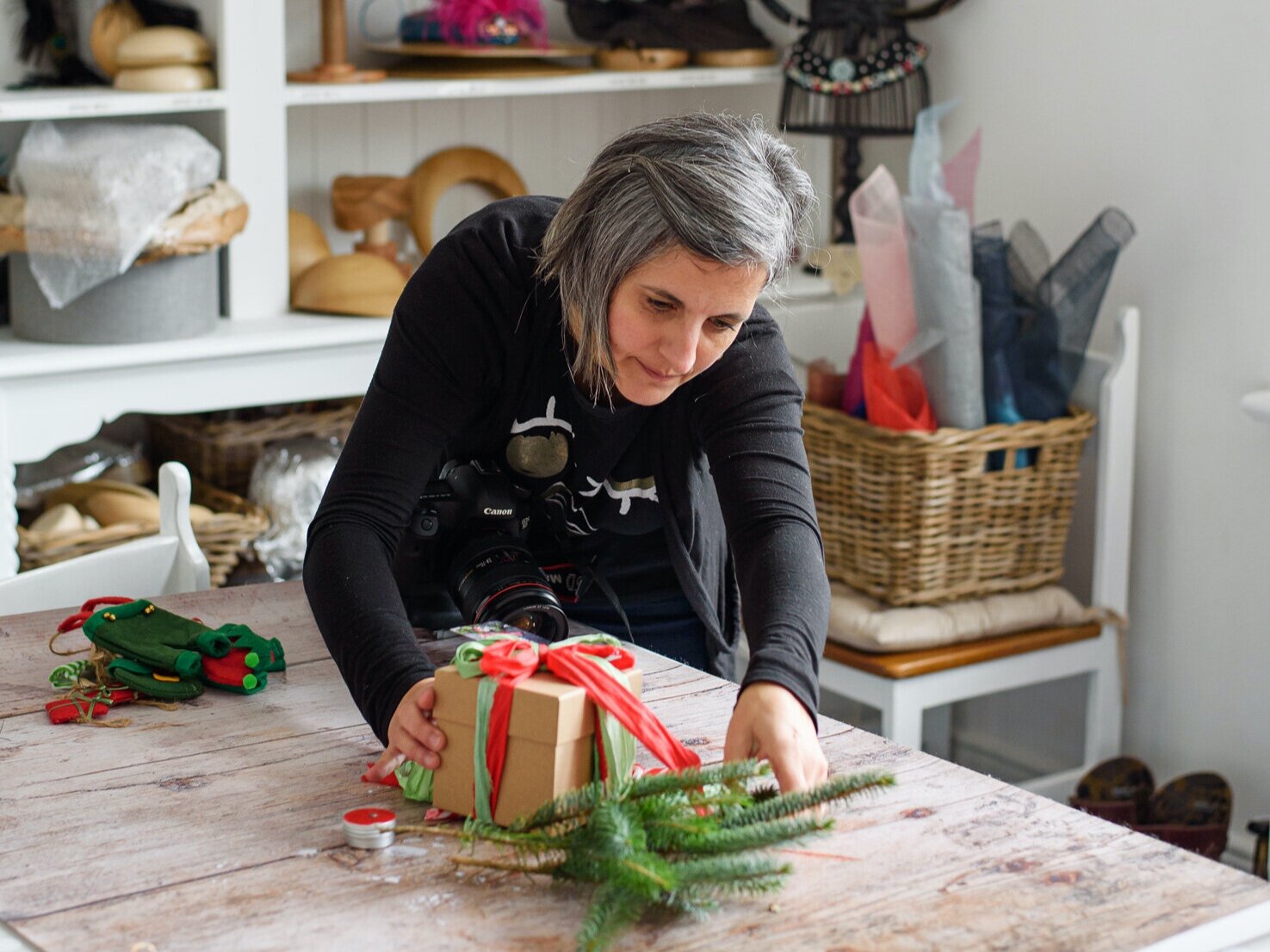I just don’t have the eye for photos…
This is something I hear from my clients over and over again. Whether it’s capturing your products for your website, posting on social media, or simply sharing your work, it can feel like something is missing.
Many creatives believe that photography is an innate talent they don’t possess. But the truth is, having an "eye for it" isn’t a gift you’re born with. It's a skill that can be developed with practice, guidance, and the right tools.
The Myth of the Photographic Eye
It’s easy to feel disheartened when your photos don’t quite match your vision. Maybe the colours aren’t as vibrant, the lighting feels flat, or the composition just doesn’t pop. What you might not realise is that many professional photographers—myself included—didn’t start with a "natural eye" for photography either.
In reality, photography is a combination of technique and practice. Sure, some people may have a knack for it, but most of us learn through trial and error.
The Key is Learning to See
When people talk about having "the eye," what they’re really describing is the ability to see things in a certain way. Developing this skill comes down to a few simple techniques:
Light Awareness: Light is everything in photography. Learning to see how light interacts with your products, whether it's natural sunlight streaming through a window or soft shadows created by a nearby lamp, is a game-changer. You don’t need studio lighting; you just need to pay attention to how light plays on your surfaces.
Composition Techniques: Think of how you frame your shots. Simple rules like the rule of thirds—where you divide your image into a grid and place your subject along one of the lines or intersections—can instantly improve the balance and interest in your photos. It’s not about talent; it’s about applying easy, repeatable guidelines.
Telling a Story: Good photos tell a story, even if it's subtle. What mood do you want to evoke? What message should your product convey? By asking these questions, you’ll start to think like a photographer, focusing on emotion and storytelling rather than just capturing a snapshot.
The Tools Are in Your Hands
You don’t need expensive cameras, tons of equipment, or years of experience to get started. In fact, most of what you need to create stunning images is already in your hands.
Smartphone Photography: Today’s smartphones are equipped with powerful cameras that can capture stunning detail and colour. Learning a few tricks—like how to adjust focus, exposure, and use simple editing apps—can turn your phone into a professional photography tool.
Natural Light: One of the best things about photographing products is that natural light is free and incredibly effective. By positioning your product near a window and adjusting how the light hits it, you can create beautiful, well-lit photos without any fancy gear.
Basic Props & Backgrounds: Sometimes, all your photos need is a clean, uncluttered backdrop. Use simple materials like white paper, wood, or even fabrics to highlight your product. This helps bring attention to the craftsmanship and quality of your work.
You Can Do This!
If you’ve been telling yourself that you’re just not "good" at photography, it’s time to let that go. Photography is a learnable skill, and like anything else, it gets easier the more you practice. What may seem intimidating now will soon become second nature with a few helpful techniques and some direction.
I work on all of these and more in my hands-on photography workshops and I’m putting dates together for October. You can drop your email here if you want to be kept informed!












